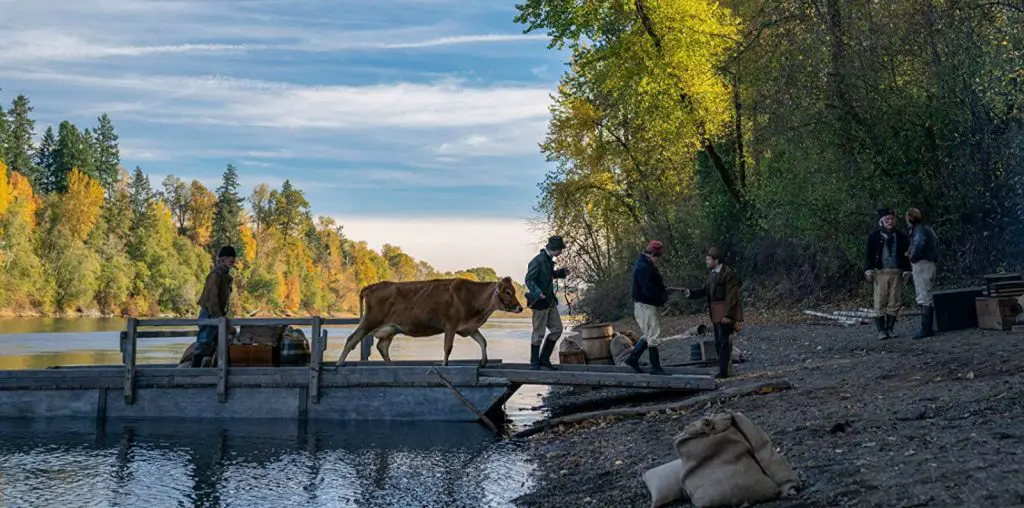
Animation has been targeted via television at children for so many years that it is easy to forget that cartoons were originally created to be seen in theaters by adults. Looking back at the animated shorts created from the 1930s through the 1950s, adult themes and concepts reign supreme with literary, political, sociological and artistic references that are inevitably lost on any contemporary child viewing them today.
Of course, the cartoons of the 1930s through the 1950s also reflected the adult attitudes of that era in regards to racial and ethnic stereotyping. Many cartoons produced during this time were packed with caricatures which have long since been considered offensive and cruel by intelligent people of all backgrounds. These cartoons have been banned from television for many years and most people have never experienced the shock of the casual and reckless humor which they contain. The documentary “The History of Racist Animation” offers a valuable sociological lesson in the nastier side of Hollywood’s fun factory, with a remarkable collection of frequently shocking cartoons.
Ethnic humor was not uncommon in vaudeville, theater, radio and films during the early part of the 20th century. But there is a wide difference between good-humored humor built upon gentle ribbing and mean-spirited humor designed to denigrate communities. African-Americans were the prime target of the racial humor of this time and “The History of Racist Animation” presents scenes from some of the most egregious productions in the world of animated shorts. Perhaps the most stunning is a work from the Van Beuren studios in the early 1930s which re-imagines “Uncle Tom’s Cabin” as a musical comedy, complete with chained slaves singing and skipping along while Topsy tap-dances on the platform at a slave auction. The film ends with Simon Legree sailing over a waterfall while Uncle Tom and his fellow escaped slaves sing “Dixie” with a Mickey Mouse-ripoff playing clarinet. (Little Eva is portrayed her as a hippo in a dress, for some reason.)
The horrendous African-American stereotypes were freely used by all of the major animation houses of the time. Animator George Pal created a character named Jasper, who encompassed every possible negative stereotype imaginable, while Walter Lantz invented an all-black Lazytown for the dreadful musical short “Scrub Me Mama” and the Warner Bros.’ animators came up with a dim-witted black hunter to vainly chase Bugs Bunny in “All This and Rabbit Stew.” Watching these films today, it is impossible to comprehend how audiences of that distant era could have possibly laughed at such mean-spirited racist productions.
During World War II, Hollywood animators found a new outlet for racist humor in the Japanese enemy. Wartime propaganda cartoons were packed with buck-teethed, slanted-eyed, epicene Japanese villains…and the manly Popeye mixed homophobia with racism in referring to his Asian Axis foes as “Japansies.” The Japanese caricatures actually supplanted a previous Asian source of racial humor in the Chinese, and “The History of Racist Animation” provides a rare slice of a black-and-white cartoon “Chinese Laundry Blues” that is overstuffed with a seemingly endless number of babbling Chinese characters. “Chinese Laundry Blues” also offers a bit of anti-Semitic humor in the form of a hook-nosed Jewish customer who goes to the laundry to have his filthy beard cleaned.
“The History of Racist Animation” also covers negative portrayals of Mexicans, Italians, Arabs and American Indians (strangely, many cartoons featuring racist American Indian humor continue to be shown on television). While this line-up of ill-considered subject matter can sometimes seem depressing, it nonetheless provides an invaluable reminder of the distance which America has traveled in terms of providing the basic rights of respect and consideration to all people. Indeed, when one considers many of the more troubling sociological aspects which have disfigured the face of America recently (including disgustingly high levels of racial profiling of black and Latino motorists by police and the attacks against people of Arab, Muslim and South Asian descent following the tragedies of September 11), “The History of Racist Animation” presents a troubling reminder that even the supposedly harmless world of cartoons once provided millions with tragic concepts on race and ethnic hatred…and it is not impossible to imagine the lessons brought away from audiences who saw these films in the theaters back were passed down to their children, and to their children’s children.
These cartoons may not be shown widely any more, but the damage they helped to create continues to be felt. In watching “The History of Racist Animation,” it is important for Americans to learn where they came from and to recognize where they need to travel. This film holds a mirror to the national soul and the images reflected are nothing to be proud about.

Where can I get a copy of this documentary? My group is putting together a documentary that this relates to, and I would like to see the entire film. Thanks